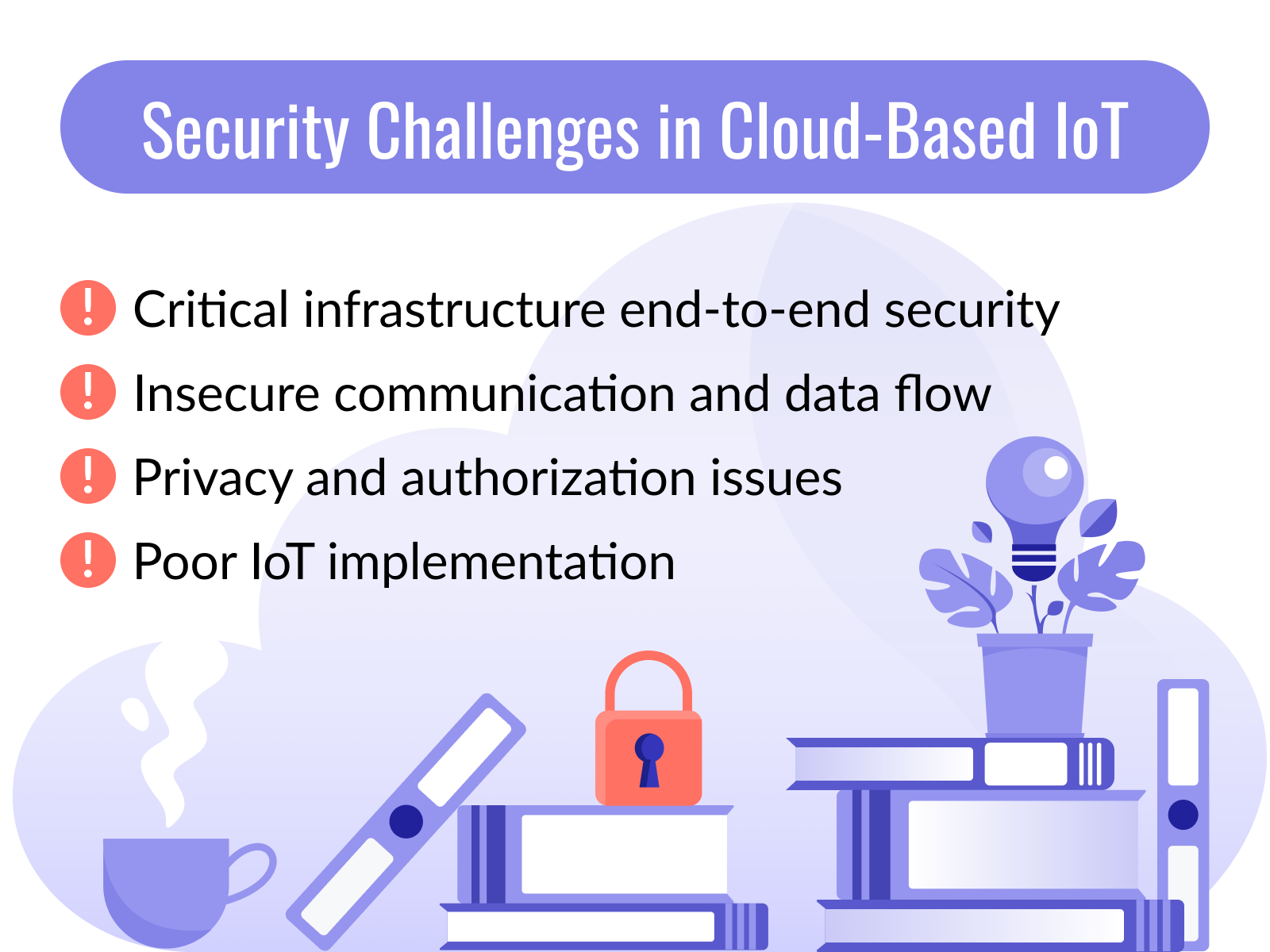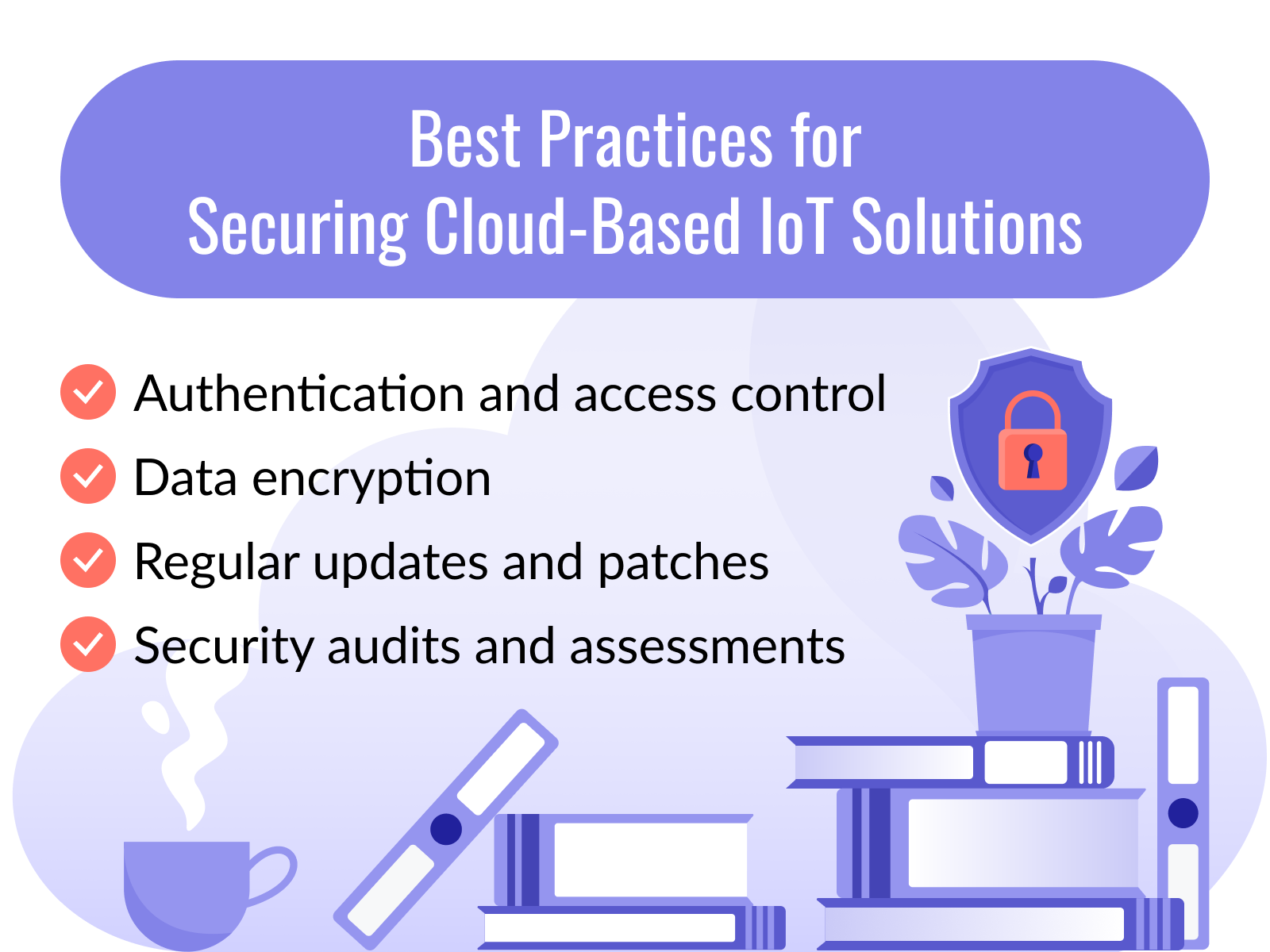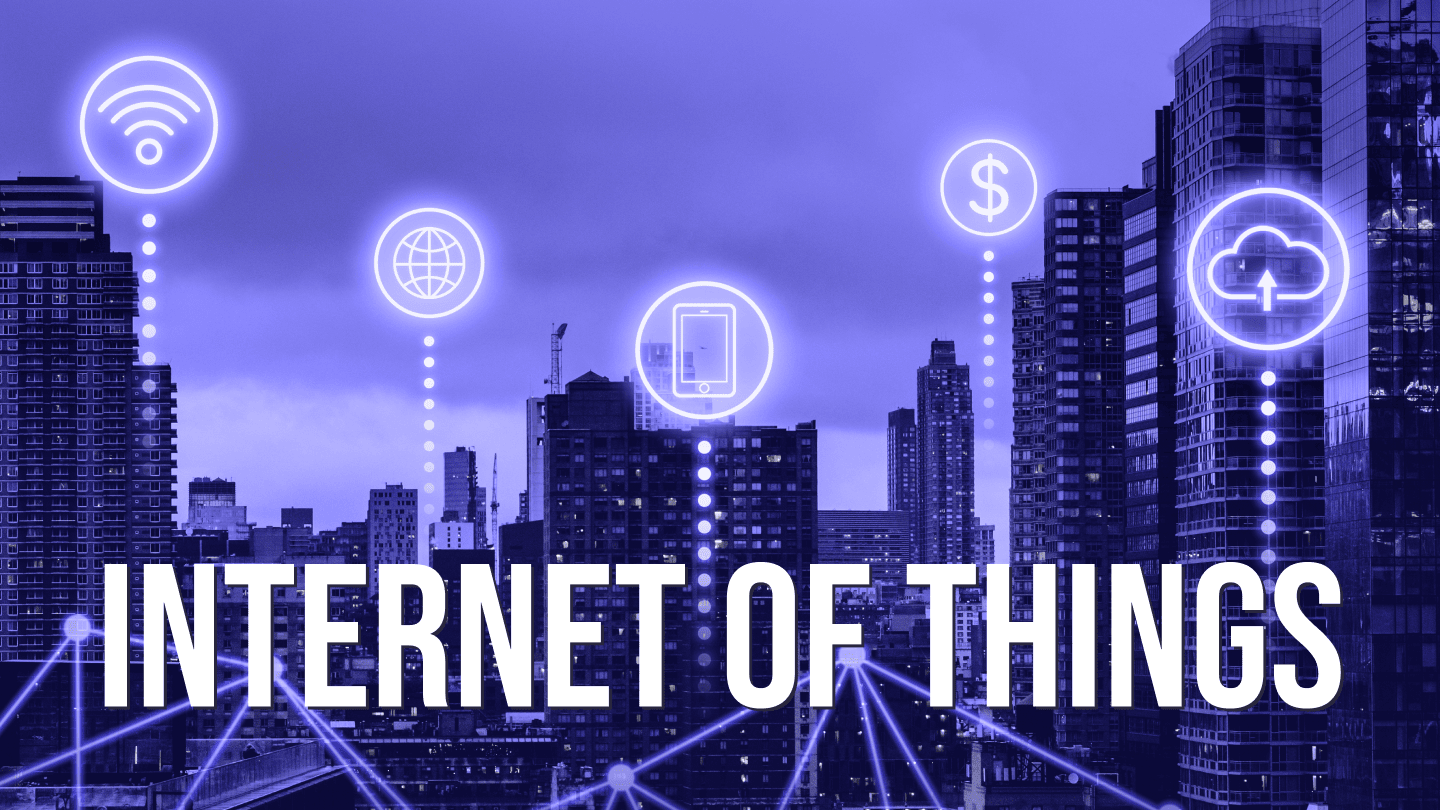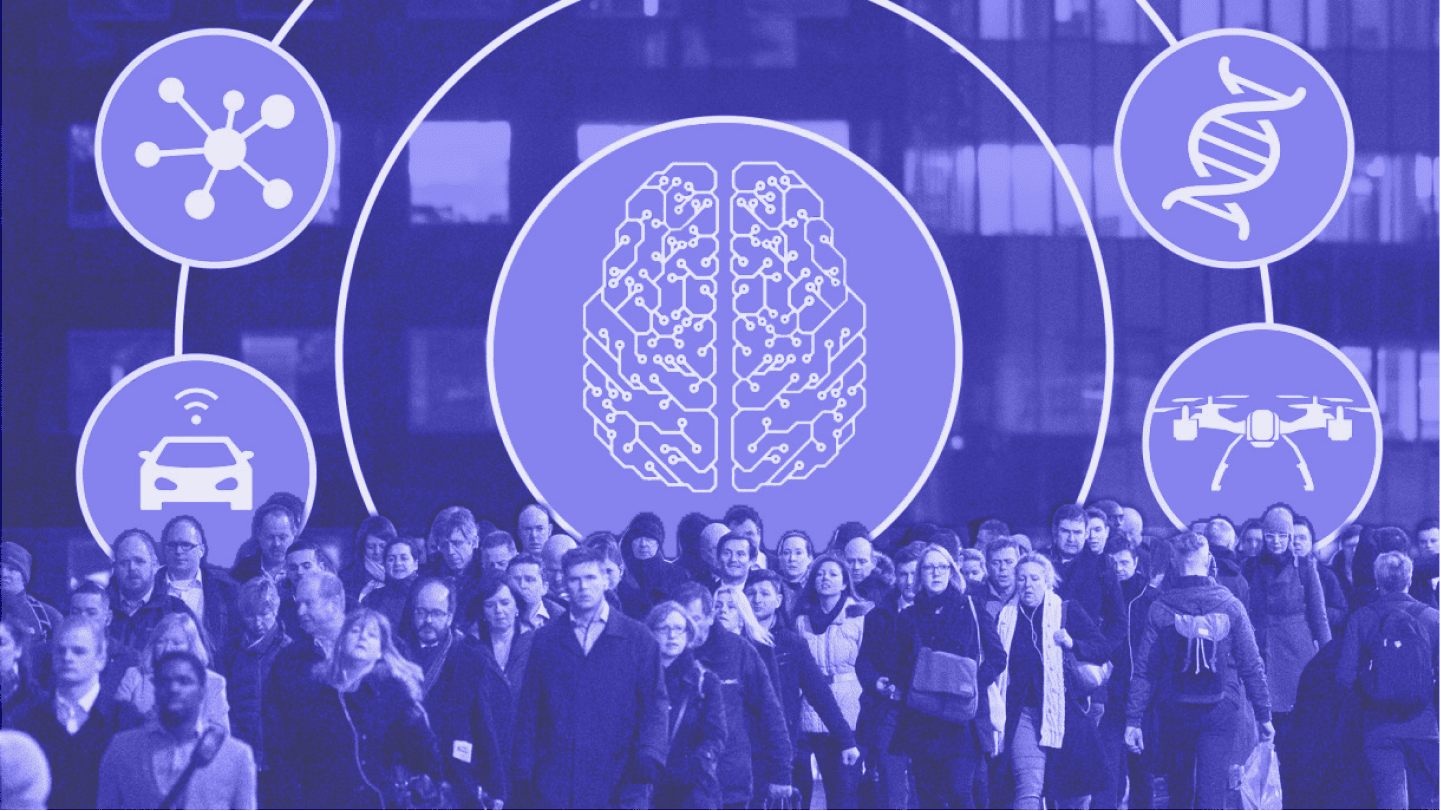The Internet of Things is the technology that enables your digital devices to communicate and share data using the internet. Your Echo Dot turns on the ambient lights of your room when you walk in. The surveillance system alerts of a mishap. Both are examples of IoT applications.
IoT generates huge chunks of data. Businesses use this data to make informed decisions and improve their offerings.
But there’s a huge problem. Since there’s a transfer of data involved, there are certain risks—financial loss, data breach, and privacy violations. In 2022, IoT cyberattacks amounted to over 112 million, according to a recent study. So, it is crucial for your business to have security measures in place.
In this article:
In this article, you’ll learn about these severe IoT cloud security risks and how to manage them in your business. You’ll also learn about the best practices for cloud and IoT security.
Understanding the security challenges in cloud-based IoT
According to a report, the average data breach cost was $4.35M in 2022 across all industries.
IoT devices send and receive huge amounts of data to the cloud. Unfortunately, manufacturers often neglect to create robust built-in cloud IoT security features in these devices, making them vulnerable to attacks.
Let's understand the security threats that arise in cloud-based IoT:
Critical infrastructure end-to-end security
Critical infrastructure such as transportation systems, smart power grids, or public safety systems use cloud services. Such systems often have weak end-to-end security, raising a security concern.
For instance, a hacker can get into transport management systems and disrupt essential services if there’s a centralized entry into the infrastructure.
Create, connect, control
We make smart technology easy for your business. Step into the future with our IoT development services.
Insecure communication and data flow between the edge and the cloud
IoT components generally communicate on weak network security. This makes it susceptible to eavesdropping or data breaches. Therefore, you must ensure security protocols and your authentication mechanisms must be intact.
Privacy and authorization issues
IoT devices transfer large amounts of data and use cloud computing back and forth. This data can be personal or highly confidential. Any unauthorized access to such data can lead to identity theft or unwanted control of IoT components.
Poor implementation of the IoT
The IoT ecosystem needs to be correctly implemented to prevent cyber threats. While cloud services provide security measures to ensure data integrity, edge-to-edge devices must be secure as well. For instance, the key IoT devices use to pass the API gateway should be encrypted.

Common vulnerabilities and risks
Data threats: data threats refer to any potential risk to the integrity, confidentiality, privacy, availability, and authorization of data on cloud servers such as Google Cloud or Microsoft Azure.
Data breach: leakage of data to an unwanted party due to an infrastructural flaw or unauthorized access to the IoT system.
Network threats: IoT and cloud security go hand in hand. Network threats such as man-in-the-middle attacks or denial of service often occur due to the lack of non-secure communication between IoT devices.
Impact of security breaches in IoT on data privacy and integrity
Security breaches don't only hurt your business economically; they also disrupt your operations and question your IoT cloud security infrastructure. Here are some impacts that are worth noting:
Data stealing and fraud, such as identity theft, put users' privacy at risk and allow unauthorized surveillance.
Manipulated sensitive data due to an attack can circulate wrong information to IoT components, impacting business decision-making.
Security breaches also reduce consumers’ confidence in your brand or organization. It can make them reluctant to believe or trust in your business fully.
Security concerns also raise red flags for regulatory and legal bodies. For instance, under GDPR in the EU, your organization could be held accountable for any mishap.


Thank you for Subscription!
4 best practices for securing cloud-based IoT solutions
You can’t fully rely on cloud providers and IoT infrastructure for the security of your ecosystem. Here are the best practices to ensure security and protect data for your organization:
1. Implementing strong authentication and access control measures
Start by implementing robust authentication and access control measures in your IoT atmosphere. For instance, implement 2FA, RBAC, and form policies that promote regular security audits and updation of security standards.
2. Encrypting data at rest and in transit to ensure confidentiality
Whether structured or unstructured data, deploy encryption to ensure authorized access. Further, your business can implement secure network protocols such as transport layer security (TLS) to secure in-transit IoT data on the cloud. Also, ensure keys are stored safely so only authorized parties can access the data.
3. Regularly updating and patching IoT devices and cloud infrastructure
You should regularly update the firmware and software of your IoT components. It is also crucial to consistently monitor and install the patches for security vulnerabilities released by your cloud vendor.
4. Conducting security audits and assessments
A 2021 IBM report suggests that patching systems and enforcing security policies could’ve avoided two out of three security breaches. Conducting security audits and assessments is a need for today’s IoT infrastructure.

The future of cloud-based IoT security
Here are a few more things we predict will happen with cloud computing and IoT:
In the future, stakeholders such as IoT device manufacturers, cloud servers, and regulatory bodies will work cohesively to attain a more secure IoT ecosystem.
Most IoT security accidents occur on the enterprise level. Ongoing research can help identify threats before an attack happens.
There’ll be a greater implementation of AI in detecting threats more promptly in the IoT ecosystem. AI can also work autonomously in the absence of a human.

You may be interested
IoT basics: definition, use, examples
Gain insights into the world of Internet of Things, understand its applications, and discover real-life examples that illustrate its transformative power.
Continue readingConclusion
Even though there are many security risks for your IoT infrastructure, you can mitigate these risks with a little effort and mindfulness.
You can keep your business's sanctity intact by being aware of your IoT structure, the weak links, access management, and forming policies that empower data protection.
We strongly recommend exploring various IoT cloud security solutions and working with an organization that is an expert in handling these security concerns.





















